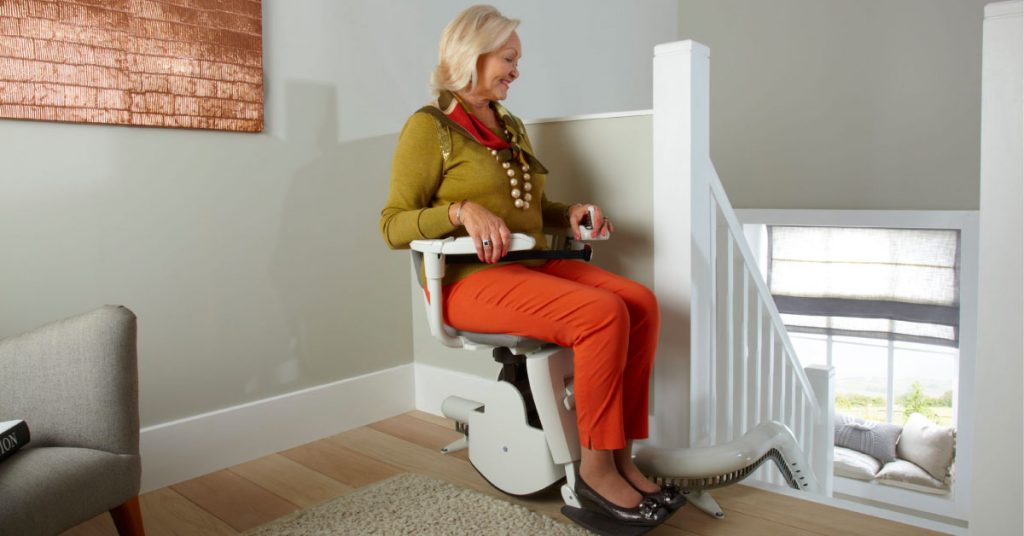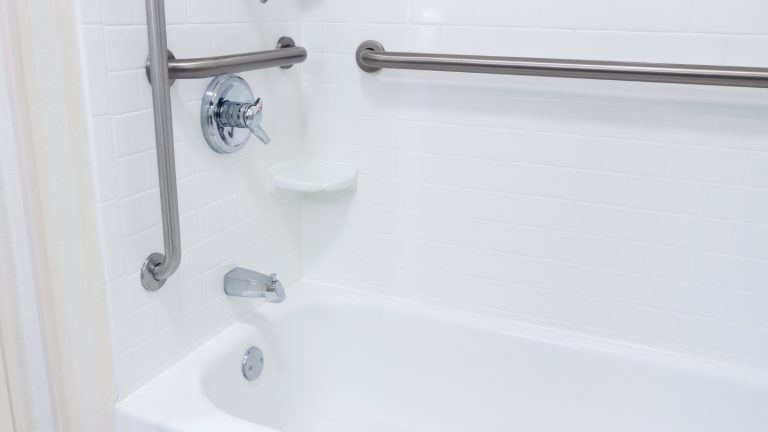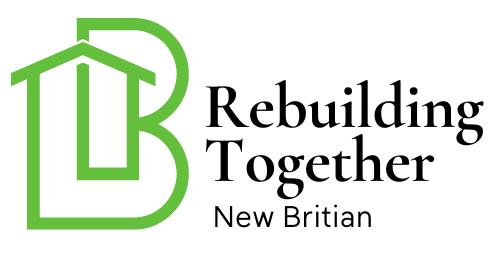Creating a safe and secure environment for your baby in the living room is crucial. The living room is often where families spend most of their time, making it a key area to focus on when it comes to baby safety. Understanding baby safety in the living room involves addressing potential hazards and making the space as safe as possible for your curious little one.

1. Understanding the Importance of Baby Safety
Ensuring baby safety in the living room is essential for preventing accidents and injuries. Babies are naturally curious and eager to explore their surroundings, which means they can easily find themselves in dangerous situations. By taking proactive steps to baby-proof your living room, you can provide a safe space for your baby to play and explore.
2. Identifying Common Hazards in the Living Room
Before you can make your living room safe for your baby, it’s important to identify potential hazards. Common hazards in the living room include sharp edges, electrical outlets, heavy furniture, and small objects that could pose a choking hazard.
2.1 Sharp Edges
Sharp edges on furniture such as coffee tables and TV stands can pose a significant risk to your baby. Consider investing in corner protectors to minimize the risk of injury.
2.2 Electrical Outlets
Electrical outlets are often at eye level for crawling babies. Use outlet covers or plates to prevent your baby from inserting objects into the outlets.
3. Childproofing Furniture and Decor
Childproofing your furniture and decor is an important step in ensuring baby safety in the living room. Secure heavy furniture, such as bookcases and TVs, to the wall to prevent tipping. Additionally, avoid using decor items that are fragile or have small parts that could pose a choking hazard.
3.1 Securing Heavy Furniture
Heavy furniture can be a tipping hazard if not properly secured. Use furniture straps or anchors to secure bookcases, dressers, and TVs to the wall.
3.2 Choosing Safe Decor
When selecting decor for your living room, opt for items that are sturdy and do not have small parts. Avoid using glass items or items with sharp edges.
4. Creating a Safe Play Area
Designating a specific area in your living room as a play area can help keep your baby safe. Use a playpen or baby gate to create a secure space where your baby can play without constant supervision.
4.1 Using Baby Gates
Installing child safety gates can help keep your baby contained in a safe area. Ensure that the gates are securely installed and cannot be easily opened by your baby.
4.2 Setting Up a Playpen
A playpen can be a great way to create a safe play area for your baby. Choose a playpen that is sturdy and has no sharp edges.
5. Safe Storage Solutions
Proper storage is key to maintaining baby safety in the living room. Use storage solutions that keep hazardous items out of reach and organized.
5.1 Organizing Toys
Keep toys organized and within reach of your baby. Use baskets or bins to store toys and prevent clutter.
5.2 Storing Hazardous Items
Items such as cleaning supplies and medications should be stored in a secure location, out of reach of your baby. Consider using cabinets with childproof locks. For more information on safe storage, visit secure storage tips.
6. Choosing Safe Flooring
The type of flooring in your living room can impact baby safety. Choose flooring that is soft and cushioned to reduce the risk of injury from falls.
6.1 Carpet and Rugs
Carpet and rugs can provide a soft surface for your baby to play on. Choose rugs with non-slip backing to prevent accidents. Learn more about safe flooring.
6.2 Foam Mats
Foam mats are a great option for creating a soft play area for your baby. They are easy to clean and can be moved around as needed.
7. Maintaining a Clean Environment
A clean living room is essential for baby safety. Regularly clean and sanitize surfaces to prevent the spread of germs.
7.1 Regular Cleaning
Establish a cleaning routine to keep your living room free from dust and dirt. Regularly vacuum floors and clean surfaces.
7.2 Sanitizing Surfaces
Use child-safe cleaning products to sanitize surfaces that your baby frequently touches.
8. Monitoring and Supervision
While childproofing is important, nothing replaces the importance of supervision. Always keep a close eye on your baby when they are in the living room.
8.1 Using Baby Monitors
Baby monitors can help you keep an eye on your baby when you are not in the same room. Choose a monitor with video capabilities for added peace of mind.
8.2 Being Present
Whenever possible, be present in the room with your baby to provide immediate assistance if needed.
9. Educating Family Members
Ensure that all family members are aware of the importance of baby safety in the living room and understand how to maintain a safe environment.
9.1 Communicating Rules
Set clear rules for family members to follow regarding baby safety. Ensure that everyone understands the importance of keeping hazardous items out of reach and maintaining a clean environment.
9.2 Involving Older Siblings
If you have older children, involve them in the process of maintaining a safe living room. Teach them how to keep their toys organized and how to safely interact with their younger sibling.
10. Understanding the Role of Technology
Technology can play a crucial role in ensuring baby safety in the living room. From baby monitors to smart home devices, there are several tools available to help you keep your baby safe.
10.1 Using Smart Devices
Consider using smart devices such as cameras and motion sensors to monitor your living room. These devices can alert you to any potential hazards or issues.
10.2 Embracing Innovation
Stay informed about new technologies and products that can enhance baby safety in your home. For more insights, check out this study on home safety.
11. Preparing for Emergencies
Being prepared for emergencies is an important aspect of baby safety in the living room. Ensure that you have a plan in place in case of an emergency.
11.1 Creating an Emergency Plan
Develop an emergency plan that includes evacuation routes and contact information for local emergency services.
11.2 Keeping Emergency Supplies
Store emergency supplies such as a first aid kit and a fire extinguisher in an easily accessible location.
12. Seeking Professional Advice
Consider seeking professional advice if you are unsure about how to best ensure baby safety in the living room.
12.1 Hiring a Childproofing Expert
A childproofing expert can provide valuable insights and recommendations for making your living room safe for your baby.
12.2 Consulting with Pediatricians
Pediatricians can offer advice on safety measures and products that are best suited for your baby’s age and development stage.
13. Continuous Evaluation and Improvement
Maintaining baby safety in the living room is an ongoing process. Regularly evaluate your living room for potential hazards and make improvements as needed.
13.1 Conducting Regular Inspections
Periodically inspect your living room for potential hazards and make necessary adjustments to maintain a safe environment.
13.2 Staying Informed
Keep up-to-date with the latest safety recommendations and product recalls to ensure that your living room remains a safe space for your baby.
14. Adapting to Your Baby’s Development
As your baby grows and develops, their needs and abilities will change. Continuously adapt your living room to accommodate these changes and ensure ongoing safety.
14.1 Adjusting Safety Measures
Adjust safety measures as your baby becomes more mobile and adventurous. For example, you may need to move certain items out of reach or install additional safety gates.
14.2 Encouraging Safe Exploration
Encourage safe exploration by providing age-appropriate toys and activities that stimulate your baby’s curiosity and development.
15. Encouragement and Positive Reinforcement
Creating a safe living room for your baby is a rewarding experience. Celebrate your efforts and continue to prioritize baby safety in your home.
15.1 Celebrating Milestones
Celebrate milestones and achievements as your baby grows and develops in a safe environment.
15.2 Reinforcing Safe Behaviors
Encourage and reinforce safe behaviors in your baby by providing positive feedback and guidance.

FAQ Section
What are the main hazards to watch for in the living room?
Common hazards include sharp edges, electrical outlets, heavy furniture, and small objects that could pose a choking risk. Regular inspections and childproofing can mitigate these dangers.
How can I create a safe play area in the living room?
Designate a specific space for play using baby gates or a playpen. Ensure the area is free from hazards and provides ample space for exploration.
What should I do if I need help with childproofing?
Consider hiring a childproofing expert or consulting with a pediatrician for personalized advice. They can offer insights into the best practices for creating a safe living environment for your baby.
This article contains affiliate links. We may earn a commission at no extra cost to you.

